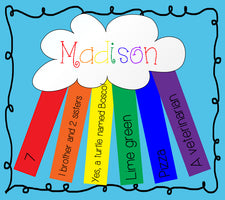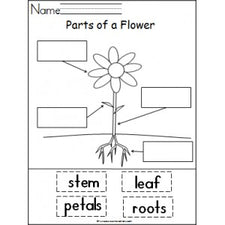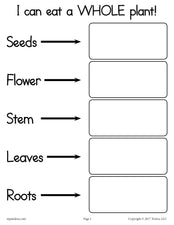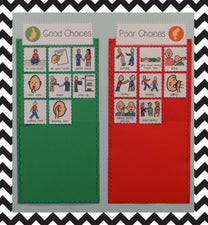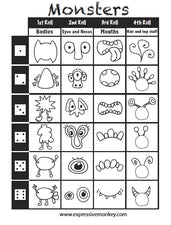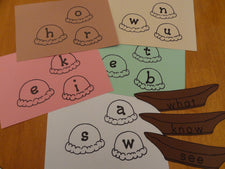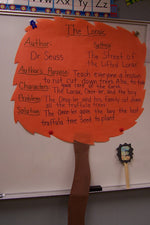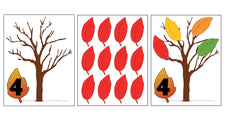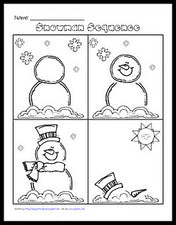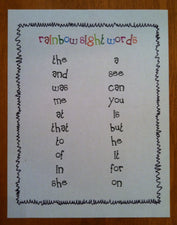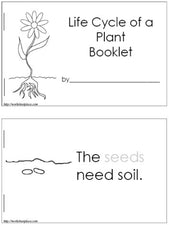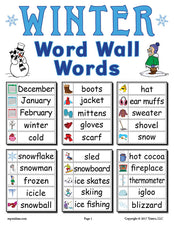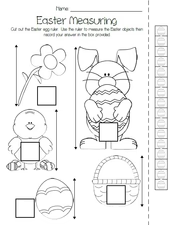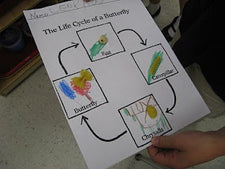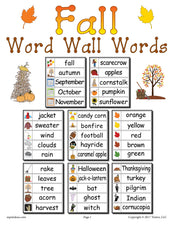How Do Airplanes Fly?

The fact that large (heavy!) airplanes can fly is a hard concept for even adults to wrap their head around! In the spirit of national aviation month, Science Kids at Home has designed an engaging lesson that will help your kindergartners learn about the phenomenon known as flight - in terms they can understand.
Lesson Objectives
- Study the design of airplane wings.
- Introduce and learn about the concepts of air pressure, air speed, and gravity.
- Discuss how the same concepts that allow an airplane to fly, keep a helicopter in the air.
The Basics of Flight
 |
As a plane taxis forward, the wind created from the craft's movement comes into contact with its uniquely designed wings. |
 |
With a curved top and a flat bottom, the wings separate the air flowing around it. |
 |
These different air paths created by the uniquely designed wing, in turn, cause the air to travel at different speeds. Air flowing above the wing travels faster than the air flowing below the wing. |
 |
Different air speeds, in turn, create different air pressures above and below the airplane wings. |
 |
As is its nature, the higher air pressure causes the air, and thus the plane, to rise. |
 |
When the rising air pressure causes enough lift to overcome gravity, the plane lifts off and propels into the air! |
Hands-On Application
Consider providing student with modeling clay or dough and having them experiment creating the unique shape of airplane wings. Not only will this reinforce the concepts learned in the lesson, it will give them some fun fine motor practice!


